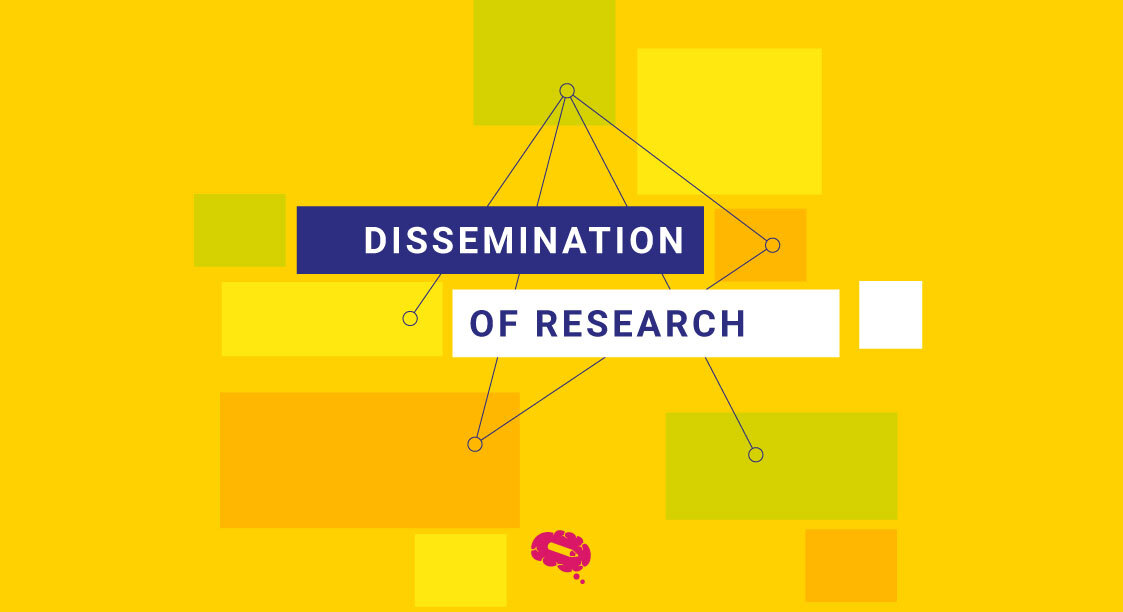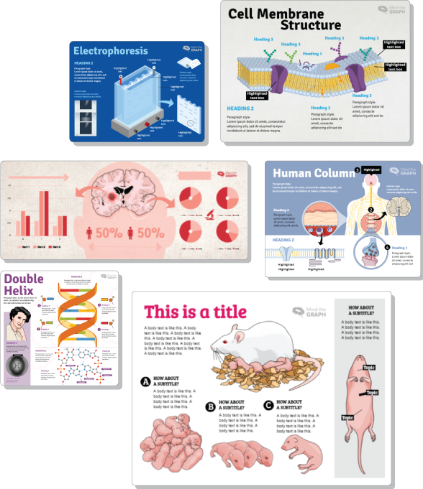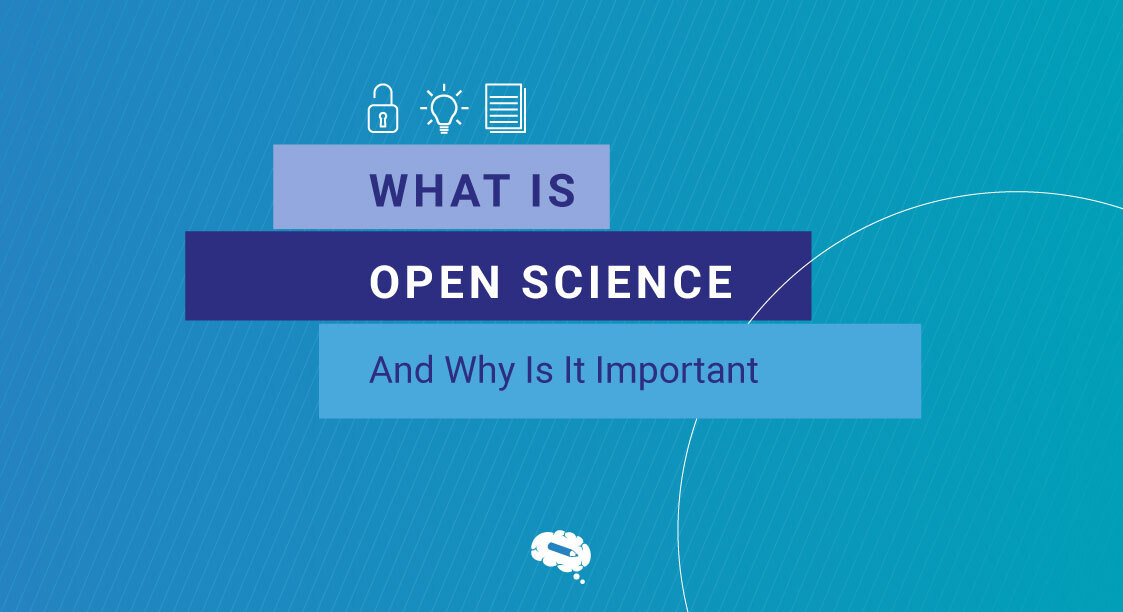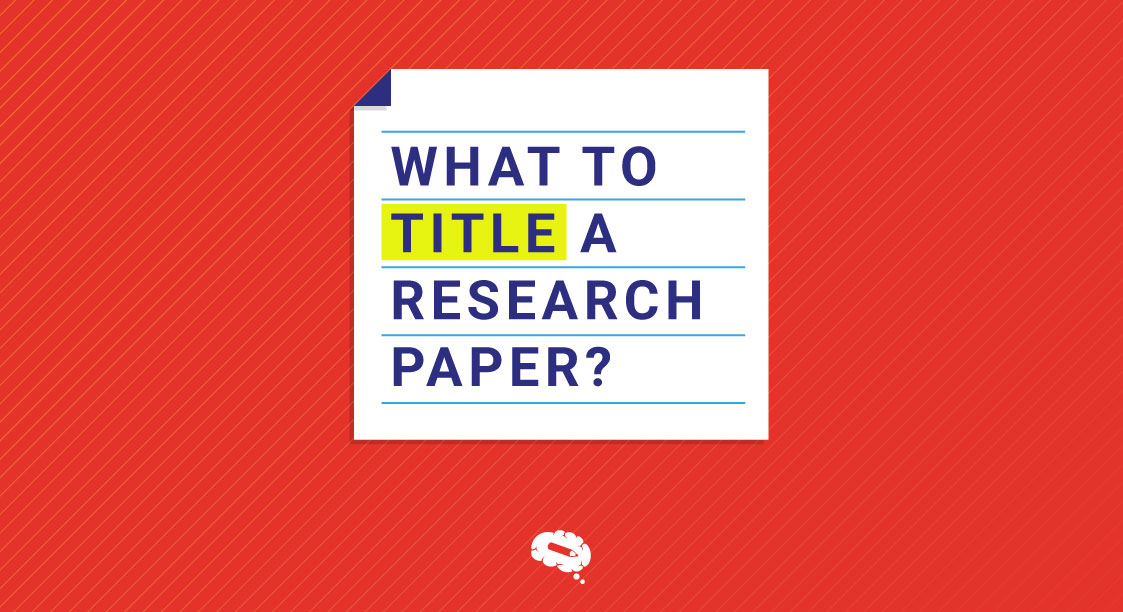Every research paper should include a component for dissemination and communication of research findings. Both lead to a greater understanding of research findings, improved public engagement in science, and higher social respect in research.
Effective dissemination of research simply means delivering your research findings to the individuals who can utilize them as soon as possible in order to maximize the usefulness of the research.
Here you will find experience gathered and recommendations based on learnings. You will learn how to reach a large audience within the scientific community and make a difference with your research.
Why is the dissemination of research important?
Doing research is a great way to aggregate value to the scientific community, but what does it matter if you do a good research if you don’t have the right audience or anyone to read?
Dissemination of research results is an important aspect of the research process because it ensures that the benefits of the study are passed on to others and that it is put to good use.
A research’s proper dissemination is however supposed to draw the attention of governments or stakeholders to the research’s outcomes, giving a social, political, or economic impact. The dissemination of your research will boost its visibility, comprehension, and even execution.
Open science for all

Open Science is a movement whose goal is to make scientific research, data, and dissemination available to anybody. It affects scientific development and public access ideals, such as public research publications, with the ultimate objective of making it easier to publish and disseminate scientific knowledge. Disseminating information and making sure it’s available to anyone is beneficial not just to research but also to the economy and society.
There are now programs being developed to make it easier to accomplish the aim of open science to everybody, part of Publishing Open Science, such as: The Public Library of Science, which is a library that provides open access to journals and scientific literature; arXiv is a system that provides electronic preprints in a wide range of fields; F1000Research is another platform that offers publication of life, science, and other articles without editorial bias; and bioRxiv is a free platform that archives and distributes unpublished preprints.
There’s also the Open Science Cloud, which is supposed to allow academics to use existing information and data in new, complementary ways, as well as the European Science Cloud and Open Science Framework.
Indicators of disseminating a research
When disseminating your study, you must assess if the dissemination is producing the desired results. In order to measure the overall effectiveness, all research initiatives should be extensively evaluated in order to determine which approaches succeeded and which did not provide the intended results.
Your dissemination may be evaluated using both qualitative and quantitative measurements. Assessing and selecting the most effective practices will provide evidence for the most successful techniques for reaching your target audience.
Qualitative measurements
- The creation and distribution of printed materials;
- Updates, visits, interactions, likes and reports: check websites and social media platforms to evaluate performance;
- The number of events organized for certain audiences;
- The number of people who attend those events;
- Media coverage;
- Citations of publications.
Quantitative measurements
- New connections with networks and partners;
- The consequences of these interactions;
- Visibility in social media;
- Attractiveness in website;
- Feedback from the audience.
How can a graphical abstract help disseminate your research?
There are so many researchers releasing every day that it might be tough to distinguish your research from the crowd, there’s a major concern on how to make a study stand out aesthetically from the rest.
Visual assets are vital in grabbing the reader’s attention, boosting dissemination and access, and improving textual information, allowing the reader to comprehend critical topics more quickly and effectively. Therefore, including a graphical abstract in your research is a good way to promote your work and make it stand out among the many others, hence increasing visibility.
How to create a graphical abstract easily?
There are various benefits to using a graphical abstract in your research, and the Mind The Graph tool can help you do so! You may go from a scientist to a designer and create amazing visual content by utilizing the tool, which is surprisingly simple to use and has a large library that includes everything you could ever need.

Subscribe to our newsletter
Exclusive high quality content about effective visual
communication in science.






